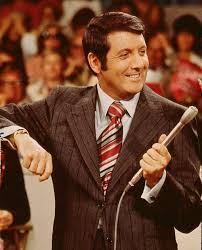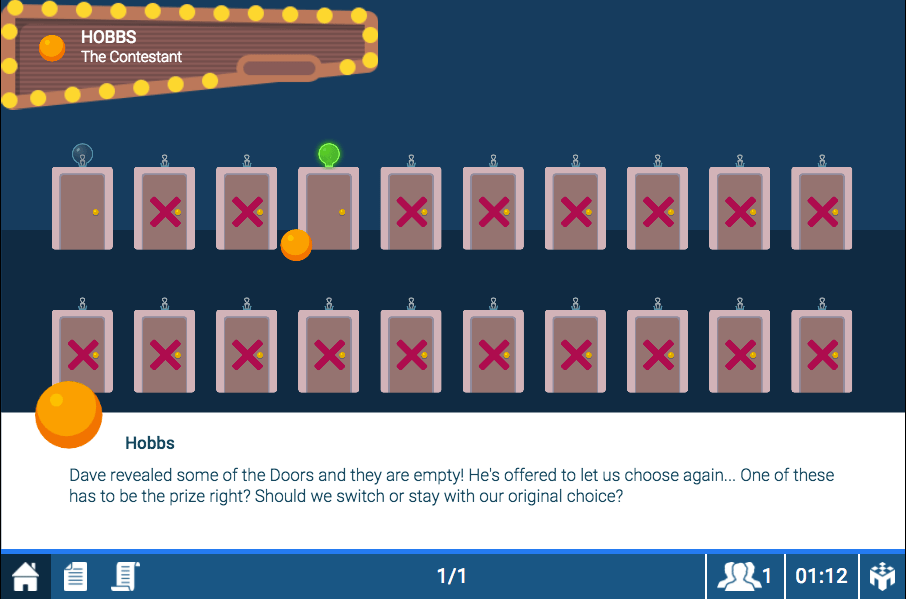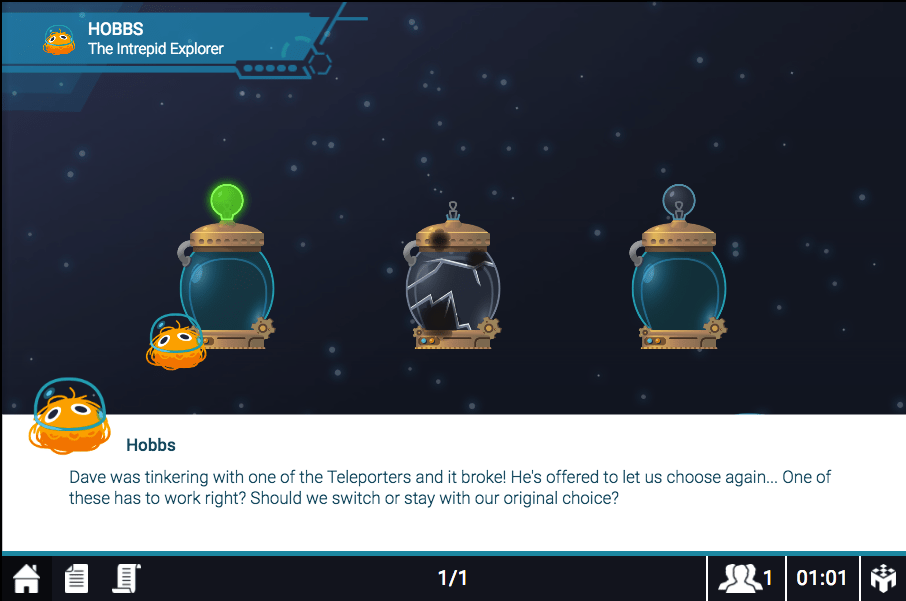In her 1990 article in Parade, columnist Marilyn vos Savant is asked about the following decision situation:
Suppose you’re on a game show, and you’re given the choice of three doors: Behind one door is a car; behind the others, goats. You pick a door, say No. 1, and the host, who knows what’s behind the doors, opens another door, say No. 3, which has a goat. He then says to you, “Do you want to pick door No. 2?” Is it to your advantage to switch your choice?
If you’re unfamiliar with the problem (called the “Monty Hall Problem”) take a moment to consider what you would do. Got it? Marilyn responds, “Yes; you should switch. The first door has a 1/3 chance of winning, but the second door has a 2/3 chance.” Many wrote in to tell her how wrong she was, below is a good representative comment:
You blew it, and you blew it big! Since you seem to have difficulty grasping the basic principle at work here, I’ll explain. After the host reveals a goat, you now have a one-in-two chance of being correct. Whether you change your selection or not, the odds are the same. There is enough mathematical illiteracy in this country, and we don’t need the world’s highest IQ propagating more. Shame!
Scott Smith, Ph.D.
University of Florida
In fact, Marilyn vos Savant was right. If you don’t believe me go ahead and play MobLab’s new Monty Hall game a hundred times, a thousand times, to your heart’s content! You’ll see that 2/3 of the time you’re better off switching.

To help build intuition for why you are more likely to win by switching, what if there were one million doors? Then the host opened 999,998 doors. The car is behind one of the two remaining doors. Should you switch? It was very unlikely you picked the correct door! To help students see this intuition MobLab has a setting where there is an option for 20 doors (hard to fit 1 million doors on an iPhone screen).
 In the process of designing this game friends said, “That’s a fun parlor game, good for bar talk, but, what importance does it have?” It helps build intuition for Bayes’ Rule which is of tremendous consequence. Here is one memorable story conveyed in a pedagogical paper on Bayes’ Rule from Charlie Holt and Lisa Anderson,
In the process of designing this game friends said, “That’s a fun parlor game, good for bar talk, but, what importance does it have?” It helps build intuition for Bayes’ Rule which is of tremendous consequence. Here is one memorable story conveyed in a pedagogical paper on Bayes’ Rule from Charlie Holt and Lisa Anderson,
“Of particular relevance to college students is a (true) story about a man who received a positive outcome on a first-stage test for the virus that causes AIDS. The test that was used had a 4 percent rate of false positives, and for simplicity, it is assumed that there were virtually no false negatives. The person committed suicide before follow-up examinations, presumably not realizing that the low incidence of the virus in the male population (about 1 in 250 at that time) resulted in a posterior probability of having the virus of only about 10 percent.”
Even though the test is good with only a 4 percent chance of detecting something that didn’t exist (false positive) the virus was relatively rare (about 1 in 250). That means that even with a good test it is more likely the person is in the other 249 out of 250 set. Bayes’ Rule takes the probabilities of AIDS in the population, rates of false positives, and the current test results to update the chance that a given person has AIDS. After using Bayes’ Rule the person only had a 10 percent chance of having the virus that causes AIDS and killed themselves anyway.
Going through a memorable example like this and using our Monty Hall game may help build intuition for Bayes’ Rule, help it stick, and provide a good segway into games of incomplete information which so many of our instructors are using. We are hoping to provide you more!
Finally, for your more savvy students who might already know about the Monty Hall Problem go ahead and trip them up by “re-skinning” the game with space explorers seeking to buy a working (not broken) teleporter.
 Results of our game show the average rate of “Switch” and “No Switch” as well as rate of switching in each round. We hope you enjoy this new game!
Results of our game show the average rate of “Switch” and “No Switch” as well as rate of switching in each round. We hope you enjoy this new game!

